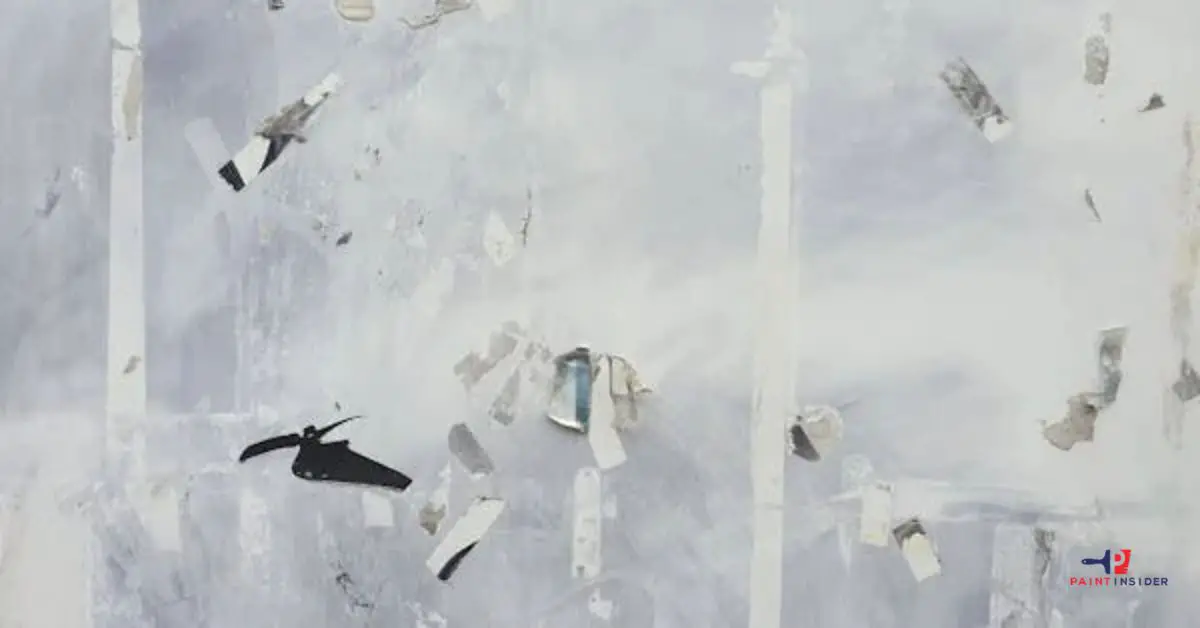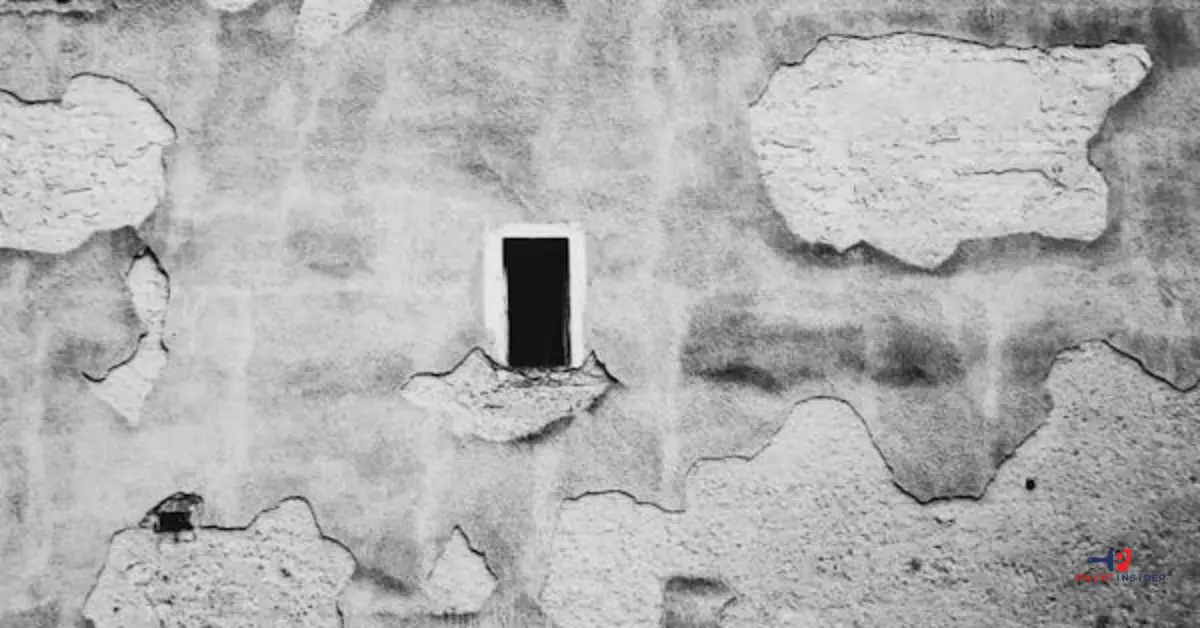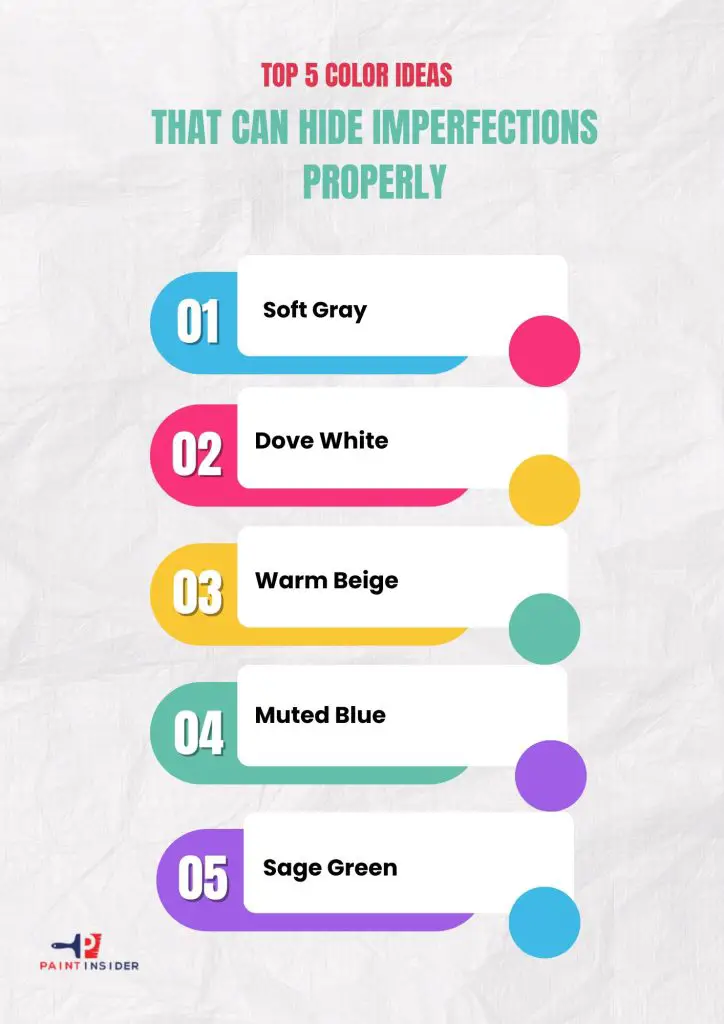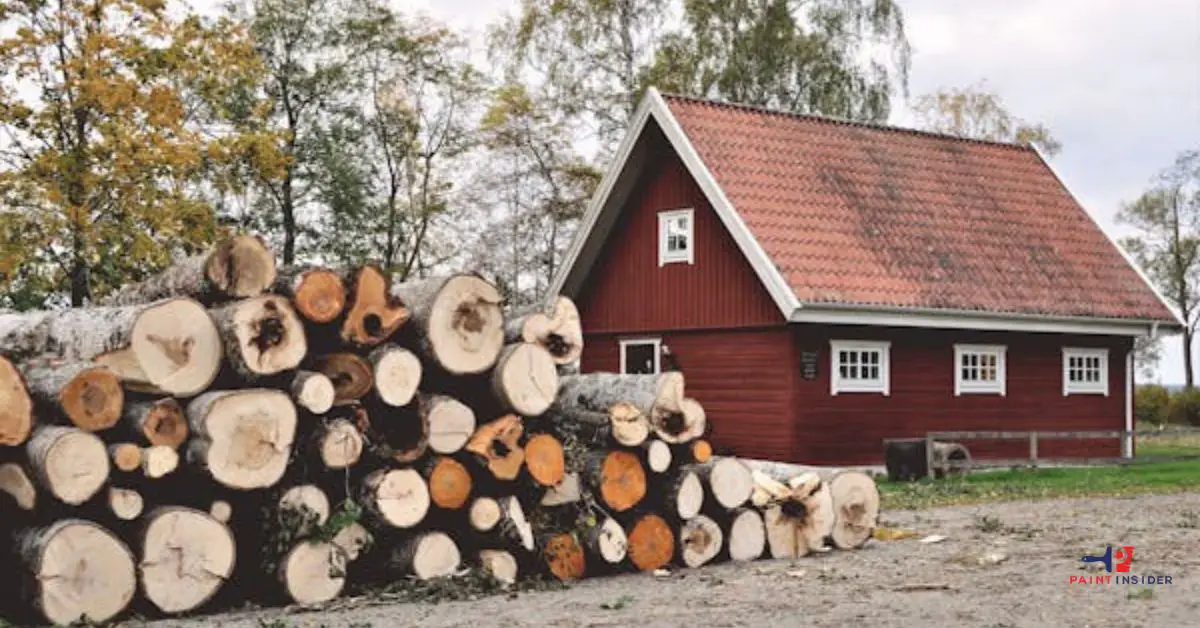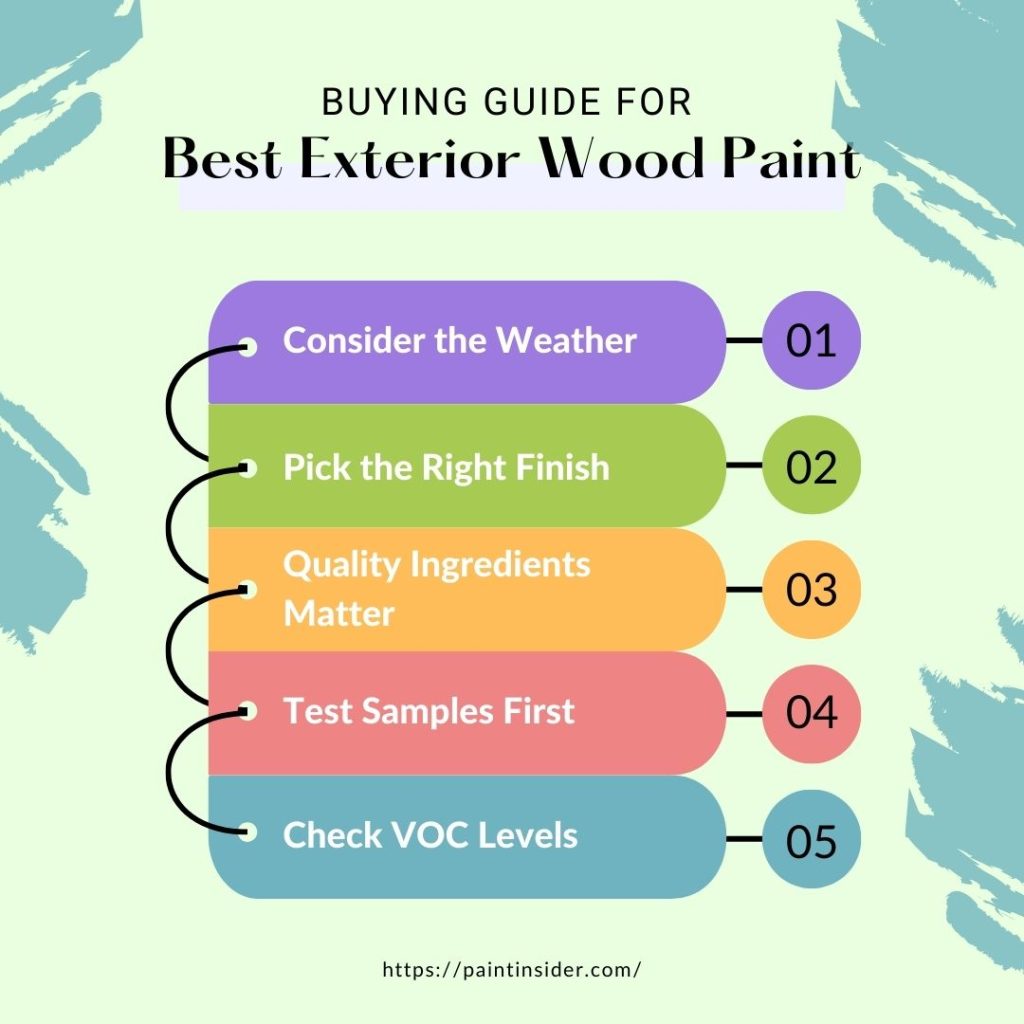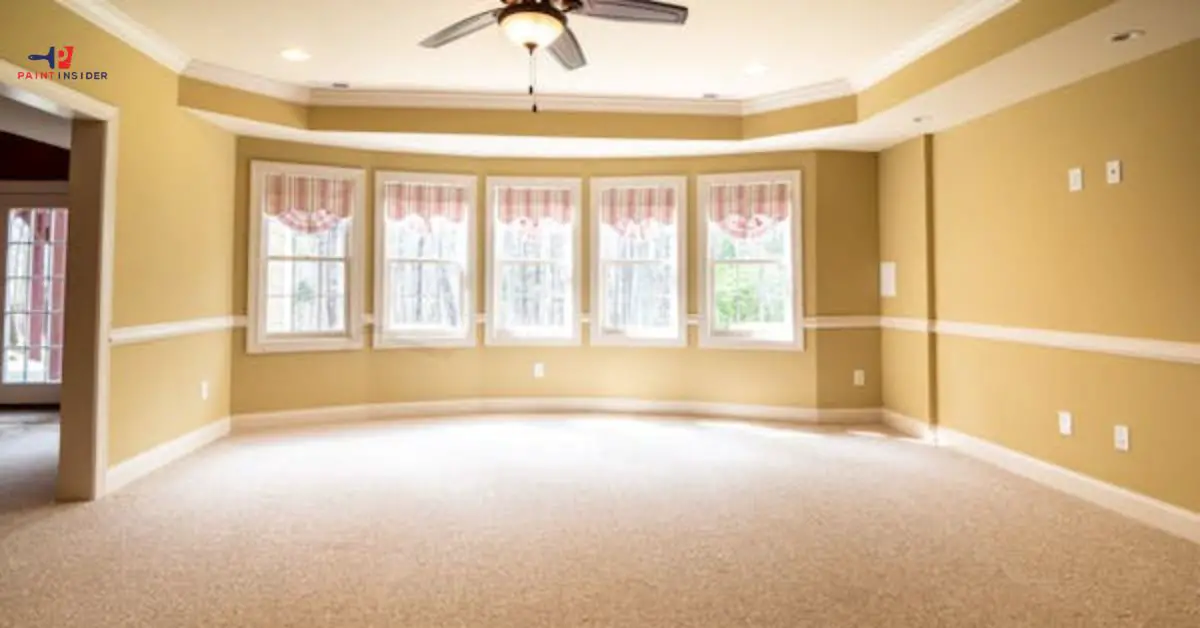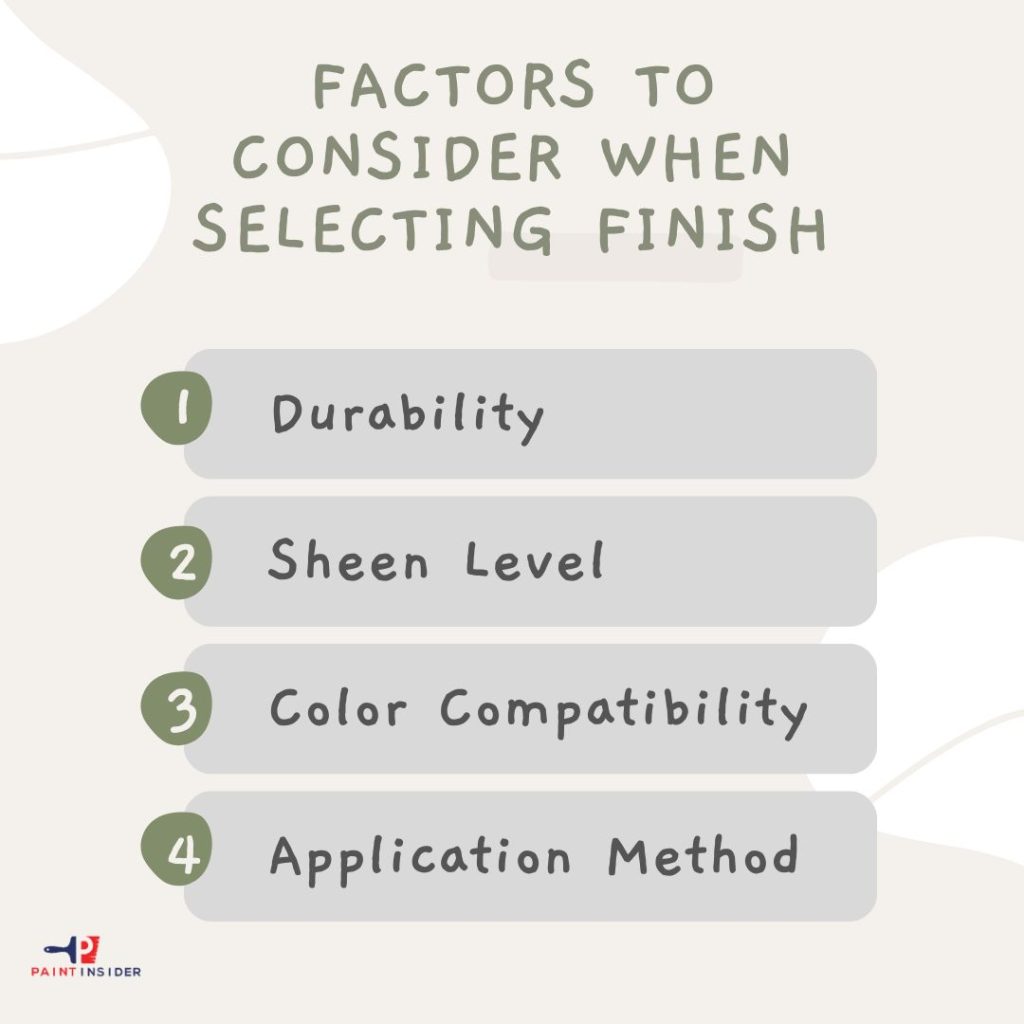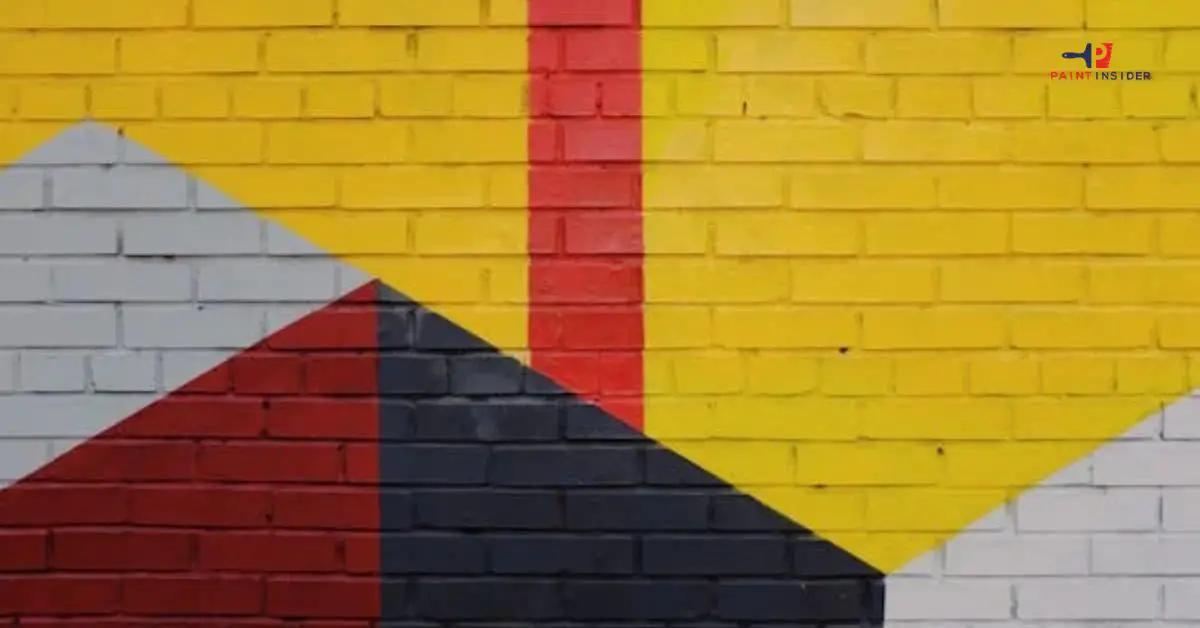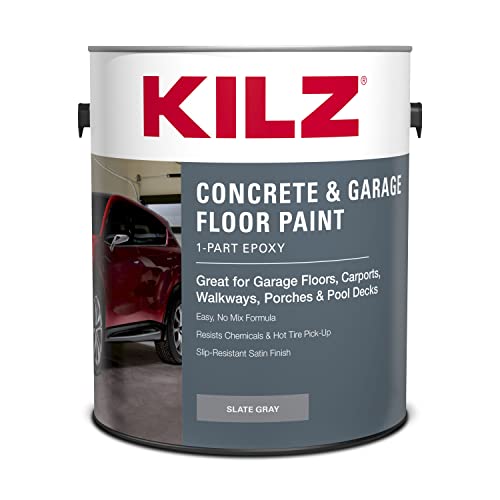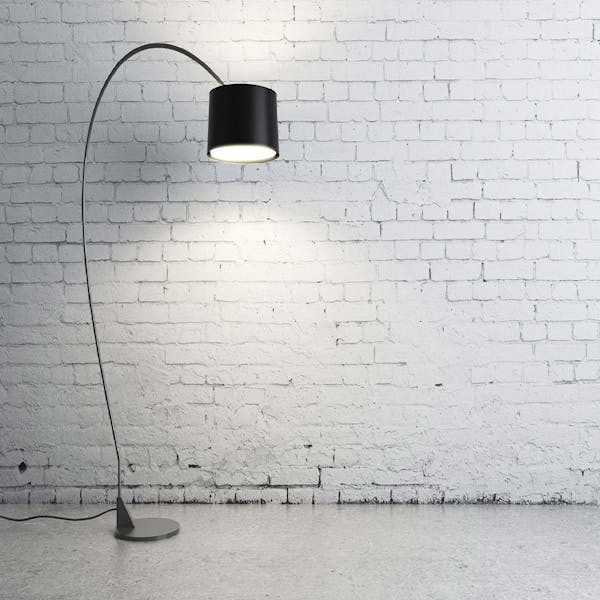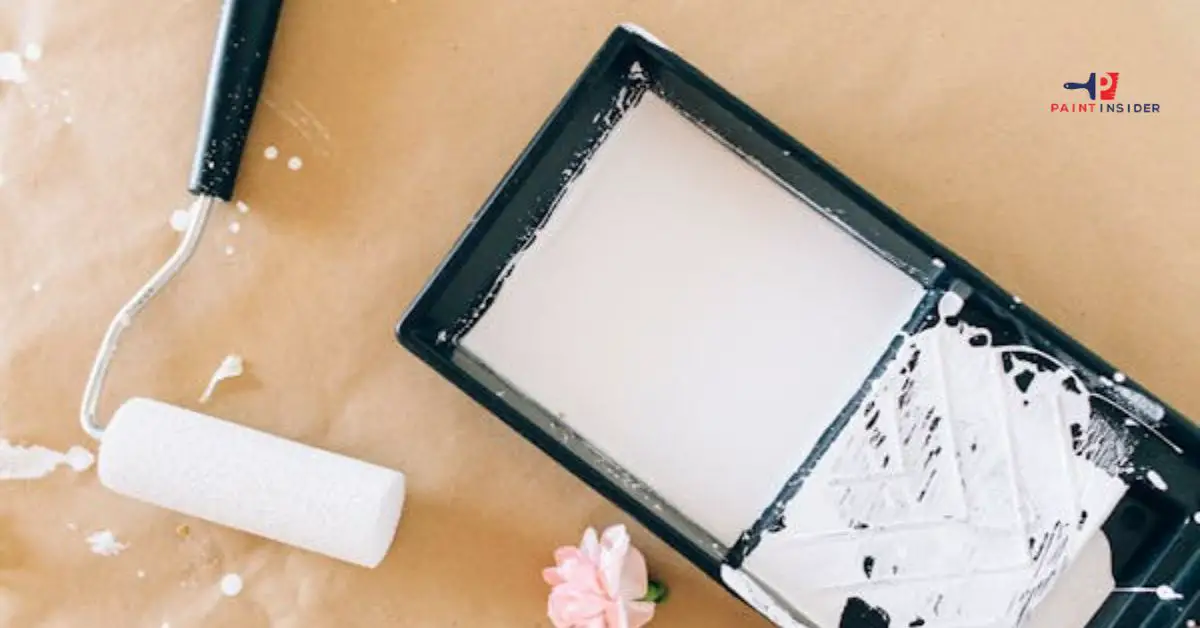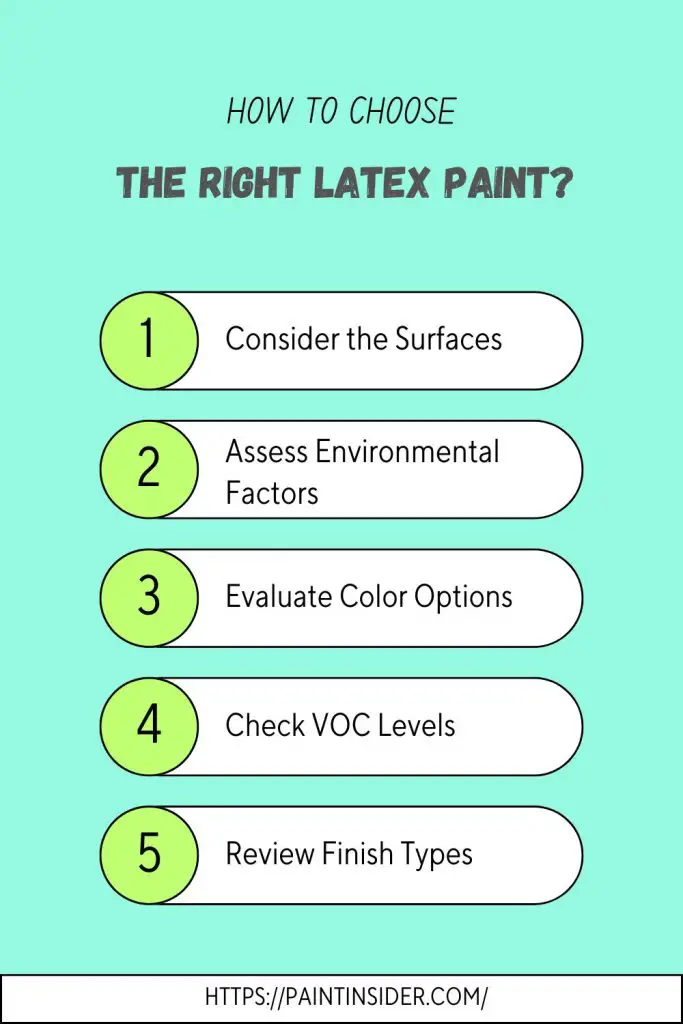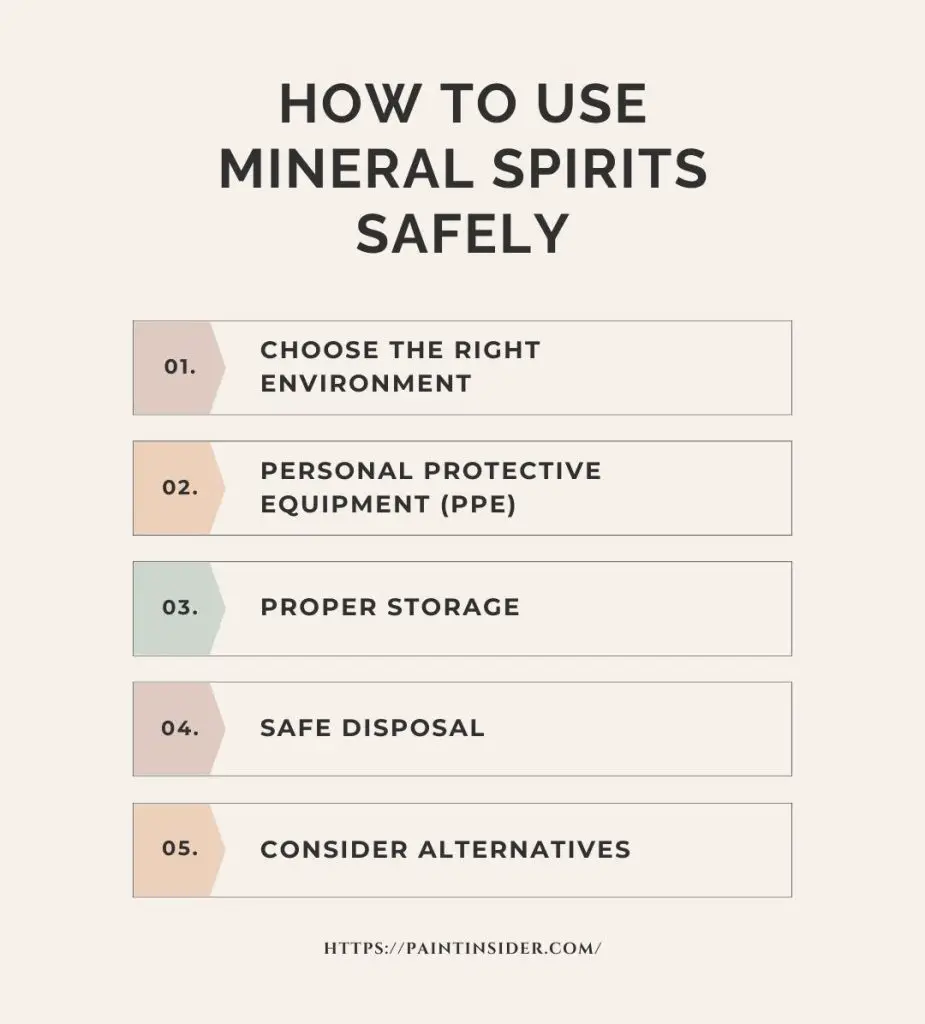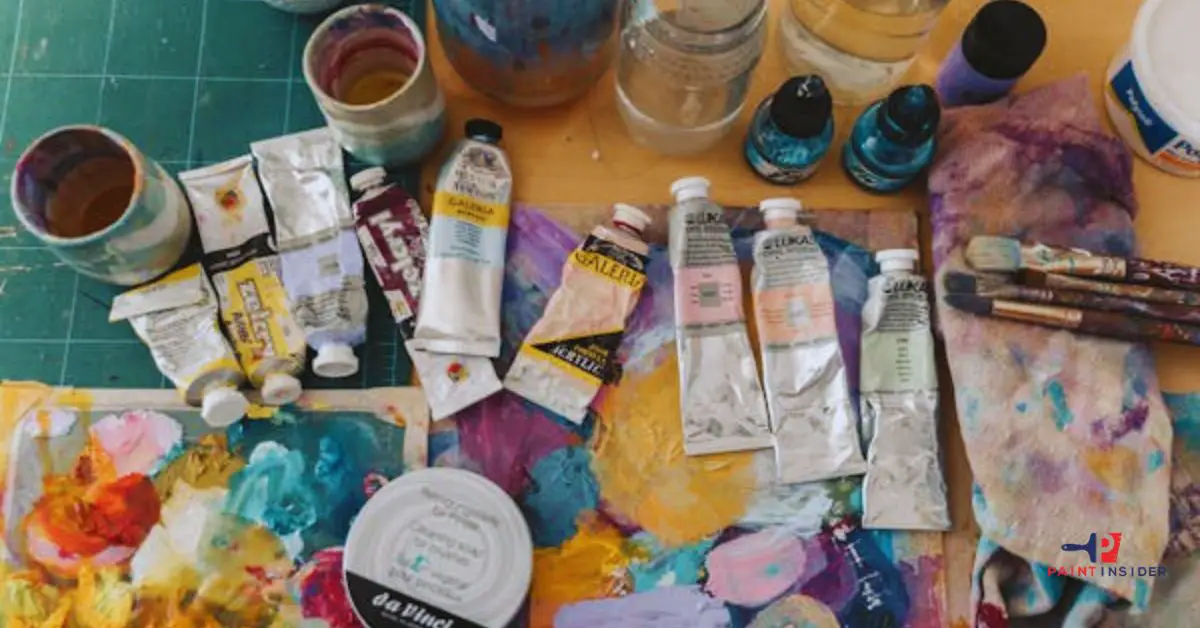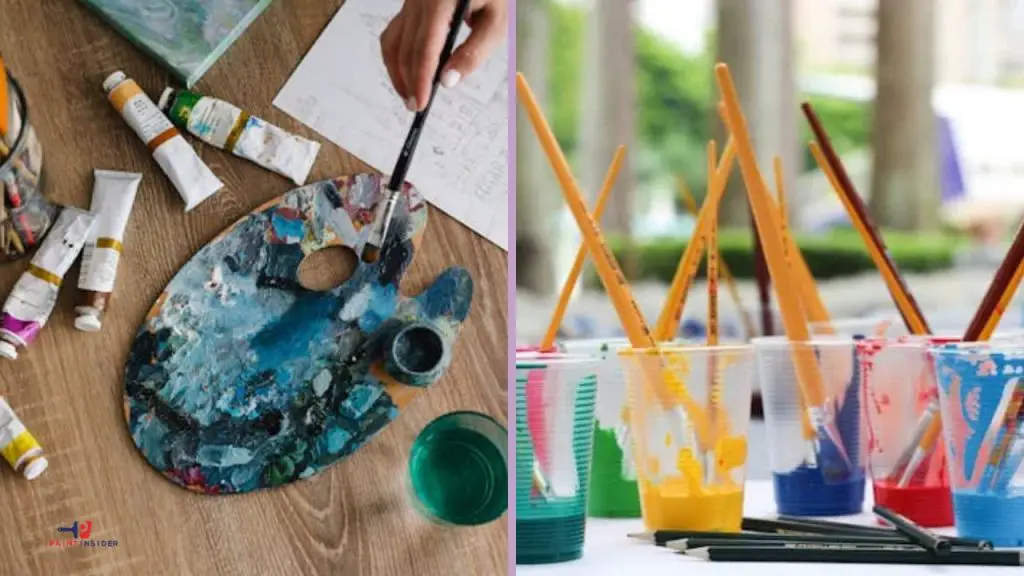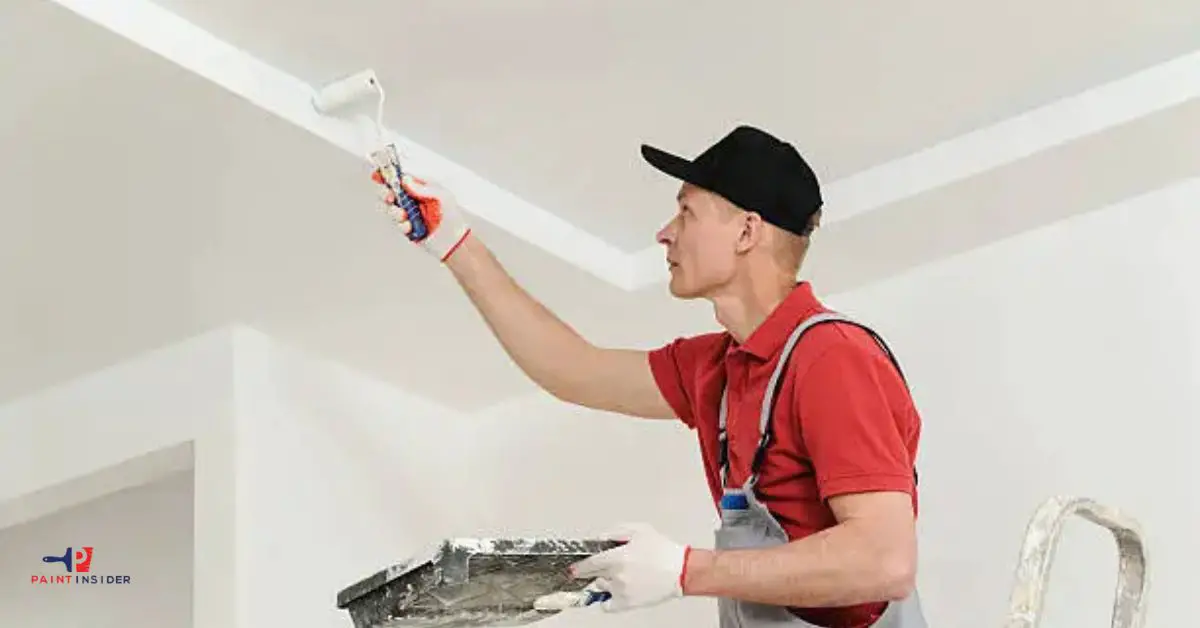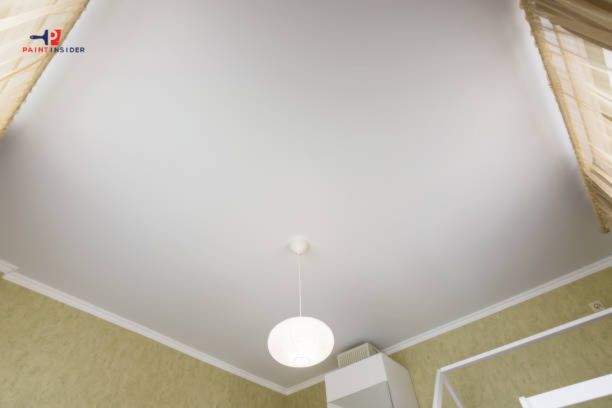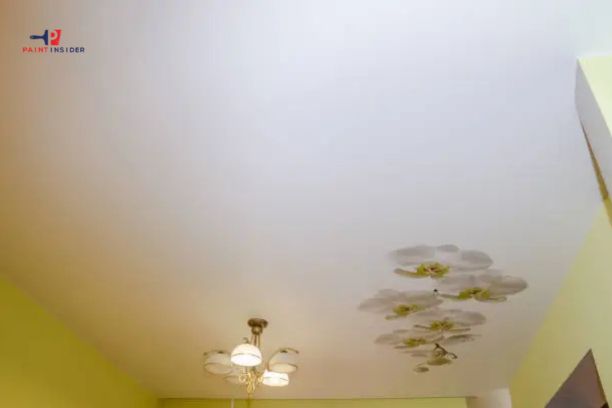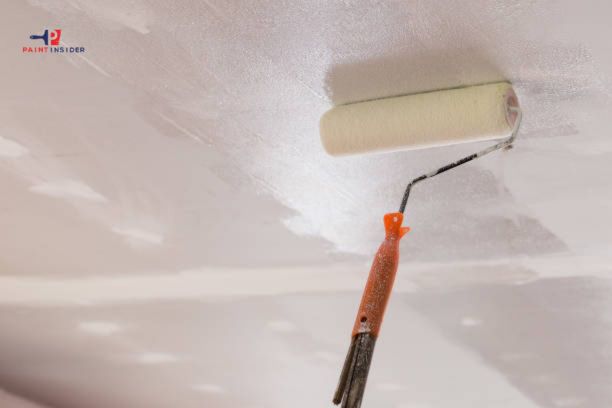Wondering if Masking tape can damage your wall paint? Discover tips on safely using tape on painted surfaces, avoid peeling paint, and learn which tapes are wall-safe.
Introduction: Will Masking Tape Damage Wall Paint?
Many people use Masking tape to hang decorations or stick items to walls. A common worry is whether this tape will damage wall paint. The answer is not straightforward. Masking tape is usually safe for most wall finishes, but it can cause damage depending on the type of paint and how long it stays on the wall.
For water-based paints, which are common in modern homes, removing Masking tape after a short time usually leaves no marks. However, if the tape is left on too long, especially in different climates, it might stick more strongly and cause peeling or fading when removed.
If you have older oil-based paints or less durable finishes, be careful. These surfaces might react differently and could get marks or lose paint when the tape is taken off. Always test a small area first before decorating!
Understanding Masking Tape Composition
Masking tape is more than just a handy tool; it has a complex design that is key to how it works. The tape is made of a long strip of plastic film, usually polyethylene or polypropylene, which makes it strong and flexible. One side is coated with pressure-sensitive adhesive (PSA), allowing it to stick without needing heat or water. This feature lets it work on many surfaces but raises concerns about its effect on sensitive materials like wall paint.
When deciding if Masking tape will harm wall paint, consider the type of paint and how long the tape stays on. Most modern paints are tough and can handle some sticking, but leaving the tape on for too long can leave residue or even peel the paint, especially with older or lower-quality paints. To avoid damage, apply Masking tape carefully and use a low-tack version. This way, you can protect your walls while still enjoying the benefits of this common adhesive.
How Adhesives Work on Surfaces
Adhesives bond surfaces at a molecular level. When you stick tape, like Masking tape, to a wall, the adhesive spreads out to cover more area. This is important because more contact means better adhesion. As the tape’s solvent dries or gets absorbed, the bond strengthens due to forces between the adhesive and the wall paint.
Many DIY enthusiasts worry about whether tape will damage wall paint when removed. Most tapes are made to avoid peeling paint, but the effect can depend on how long the tape stays on and the type of paint finish. A wall with strong sealant can usually handle tape removal well, while older or poorly applied paint may be more at risk. It’s a good idea to test a small area first; this can save you from a lot of touch-up work later!
By knowing how adhesives work with different surfaces, you can make better choices and find creative solutions for your projects without causing damage.
Testing Masking Tape on Painted Walls
When it comes to using Masking tape on painted walls, the question on many minds is whether this seemingly innocuous adhesive will cause any damage. Surprisingly, the answer often hinges on several factors, including the type of paint and how long the tape remains in contact with the wall. For fresh paint, especially if it hasn’t fully cured for at least a couple of weeks, even low-tack tape can lift away some color when removed.
However, there are ways to mitigate potential damage while still enjoying the versatility that Masking tape offers. One technique is to gently press the adhesive against fabric or your skin first before applying it to the wall; this removes some stickiness without compromising its hold. Additionally, testing a small piece in an inconspicuous area can save you from unwanted surprises later on. With mindful application and removal techniques, you can explore creative options like hanging lightweight decorations without fearing unsightly peels or scratches in your paint.
Factors Affecting Paint Damage Potential
Factors Affecting Paint Damage Potential
- Surface Preparation: The state of your wall before you apply paint is crucial. If the surface is dirty, oily, or already damaged, new paint may not adhere well, increasing the likelihood of peeling or chipping later on.
- Type of Paint Used: Choosing high-quality paint can make a world of difference. While cheaper paints might seem tempting, they often lack durability and resistance to wear and tear. Investing in premium options like satin or semi-gloss can provide better protection against common damage.
- Environmental Conditions: Humidity and temperature play pivotal roles in how paint behaves over time. High humidity can lead to moisture buildup beneath the surface, resulting in bubbling or flaking—especially if you live in areas with extreme weather variations.
- Application Technique: How you apply your paint affects its longevity. Brushing vs. rolling can yield different results; air bubbles trapped during rolling could cause issues down the line. Moreover, layering too thickly might not allow for proper drying between coats.
Many homeowners ask if Masking tape can damage wall paint. The answer depends on the type of tape and how old the paint is. If your walls are newly painted and still drying, Masking tape can peel the paint more easily than if the paint has been on for a few months. If you’re unsure about using any tape, always test it on a small area first!
Alternatives to Masking Tape for Hanging

1. Command Strips: These versatile adhesive strips offer a strong hold without the commitment. They are designed to come off cleanly, preventing any unsightly damage or paint removal, making them ideal for renters and those who frequently change their decor.
2. Washi Tape: For a creative twist, consider using washi tape. This decorative paper tape is available in various colors and patterns, adding flair to your hanging projects while being gentle on wall surfaces ideal for lightweight items like photos or artwork.
3. Velcro Strips: If you’re looking for something that allows flexibility, Velcro strips can be a great alternative. They offer an adjustable way to hang items and can withstand heavier weights compared to traditional tapes without tearing off the paint when removed.
4. Poster Putty: An often overlooked gem, poster putty can securely attach lightweight posters or artwork without risk of damage to your walls. Plus, it’s reusable! Just roll it into small balls and stick them behind your objects for secure placements that won’t harm painted surfaces.
Using alternatives like these not only safeguards your walls but also opens up inventive ways to express your creativity in home décor without worrying about Masking tape damaging wall paint.
Tips for Safe Removal Techniques
- Assess the Surface: Before using any adhesive, take a moment to examine the wall surface. Different paints and finishes react differently to adhesives like scotch tape. If you’re worried about damage, it might be best to test a small area first.
- Use Heat for Easy Removal: Applying gentle heat can make adhesive removal much simpler. A hairdryer on a low setting can soften the tape’s bond with the paint, making it easier to peel off without leaving residue or causing paint damage.
- Opt for Painter’s Tape: If you’re frequently adhering items to walls but are concerned about damage, consider using painter’s tape instead of regular scotch tape. Designed specifically for masking surfaces during painting projects, it is less likely to strip paint when removed.
Taking these steps not only minimizes the risks of damaging your walls but also leaves your living space looking fresh and polished. Always prioritize wall safety; after all, no one wants a peeling wall as an unwanted reminder of past decoration attempts!
FAQs about Masking Tape and Wall Paint
What should I do if the paint gets damaged after using Masking tape?
If you experience peeling or damage, touch up with matching paint as soon as possible for the best results.
Does Masking tape damage painted walls?
Generally, Masking tape is designed to be safe for most surfaces, but it can sometimes peel off paint, especially if the paint is old or not well-adhered.
What type of paint is more likely to be damaged by Masking tape?
Flat or matte paints are more susceptible to damage compared to glossy or semi-gloss finishes, which tend to hold up better.
Can I use Masking tape on freshly painted walls?
It’s best to wait at least two weeks after painting before using any adhesive like Masking tape, as the paint needs time to cure.
Are there alternatives to Masking tape that are safer for walls?
Yes! Consider painter’s tape or washi tape, which are specifically designed to minimize damage during removal.
How can I remove Masking tape without damaging the wall?
Gently pull it away at a 45-degree angle; if it sticks, use a hairdryer on low heat to soften the adhesive before removing it.
Will using too much Masking tape cause damage?
Excessive use can increase the risk of damaging your wall, so it’s best to limit how much you apply and avoid leaving it up for long periods.
Is there a way to test if my wall will be damaged by Masking tape?
Yes! Try applying a small piece in an inconspicuous area first and see how easily it comes off without pulling any paint.
Conclusion: Final Thoughts on Wall Damage
When checking for wall damage, it’s important to remember that taking preventive steps can save you time, effort, and money later. Many people think about using Masking tape to hang decorations, but it’s important to know how it can affect your walls. Even though tape seems harmless for quick fixes, it can cause paint to peel and damage finishes over time. This simple adhesive can ruin your carefully designed space. Instead of using tape next time you want to decorate, try alternatives that protect your walls and allow for creativity. Command strips are a great option; they hold well and won’t damage paint when removed. You can also use wall-safe hooks or clips for more versatility without harming your interiors. Taking care of your walls is not just about fixing damage, it’s about creating a stylish and functional environment.

